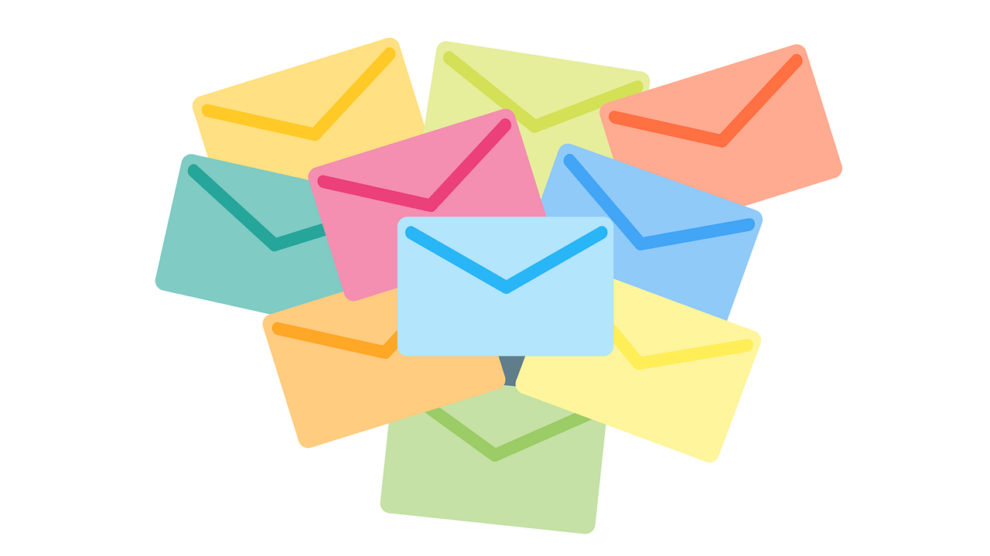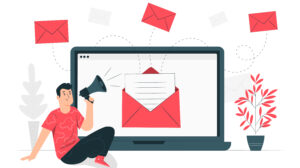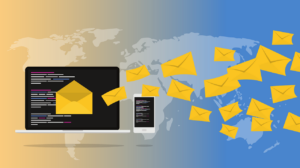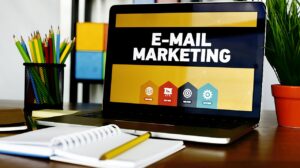Email marketing remains one of the key tactics for implementing business marketing strategies. If email is well used, it is 40 times more effective than social networks for attracting customers to your business.
Indeed, email marketing represents a unique opportunity to directly address hundreds or even thousands of people at a time. The selection of recipients and the message can be based on criteria such as consumer behavior, socio-demographic differences, or the degree of interaction of users with your company. This makes it possible to send highly relevant messages to targeted profiles and to obtain superior results.
In addition, creating effective marketing also means adopting the appropriate communication to reach your target and with this aim, adding a personal brand to email is a perfect way to attach your professional reputation to your identity. When we refer to the development of branding, we are talking about finding the right mechanism to highlight what sets us apart.
Therefore, one of the most important aspects of sending email is that you add your brand image to the messages you send. Your email style will help your business stand out in your customers’ inboxes.
In this article, we will present some steps on how to brand your emails.
1. Use personal branding in designing emails
Design can help you get your message across and encourage action. Your subscribers must know right away that the email comes from you. For that:
- display your logo: if you still don’t have one, you can always use some online logo makers like Logaster, to create your personal brand with a minimum expenditure of money and time;
- Use the colors of your brand in your mail: ensure a seamless customer experience by creating an email template with your brand’s colors. Your emails must be immediately recognizable and reflect the identity of your brand;
- Use consistent fonts: it is obvious that different fonts will elicit different emotions and impressions from the reader who receives them, and that is why they are so important in everything that is meant to be read;
- Add visuals: you can gain a competitive edge by using techniques such as adding visuals while still remaining readable and actionable;
- Include relevant links: using links is a good way to estimate the overall success of your campaign. It gives you an idea of the percentage of contacts who opened your email, read it, and were interested enough to click on the link included inside.
Don’t be afraid to use all these features, or you can use online software to save you time.
2. Turn on automated campaigns
The principle is simple: you create a mailing once and then program it to be sent automatically to customers. Once set up, automation saves time. If the development of these messages is carried out in a relevant way, you will benefit from a more refined and targeted online strategy. Automated emailings bring real added value to your customer relationships and, of course, impact campaign performance. The advantage of automated marketing is that the mail will never be off-topic or perceived as spam.
3. Segment your customers
Your campaign must meet the needs of your audience. You must give your subscribers what they have enrolled for. In order to send the right information to the right person, segment your mailing groups. It pays to send a message to a smaller number of people who will really be interested in it than to pass it on to a large number of people with general information that will ultimately reach no one. Segmentation can be done in different ways: geographically, by interest, by age group, and so on.
4. Use simple templates, make copy concise, and test everything
Unfortunately, there is no magic formula in emailing that lets you know in advance what will work or not. Knowledge is acquired with experience. Just use your emailing in a creative way, avoiding long texts and insert animated gifs to make your messages more dynamic. Use simple templates to organize your content in a quick and easy way. It is essential that the content and design of your email is responsive, that is, they automatically adapt to different screen sizes. And, in the end, testing is the best way to know what your audience wants from you.
So, email marketing is an incredible tool in the context of customer relations, yet it must be exploited wisely and used in a way that incorporates its main strengths. Among these, email marketing is one of the few supports that enable near-real-time customer interaction in a one-to-one situation.
We hope these tips can help you run effective email campaigns.





